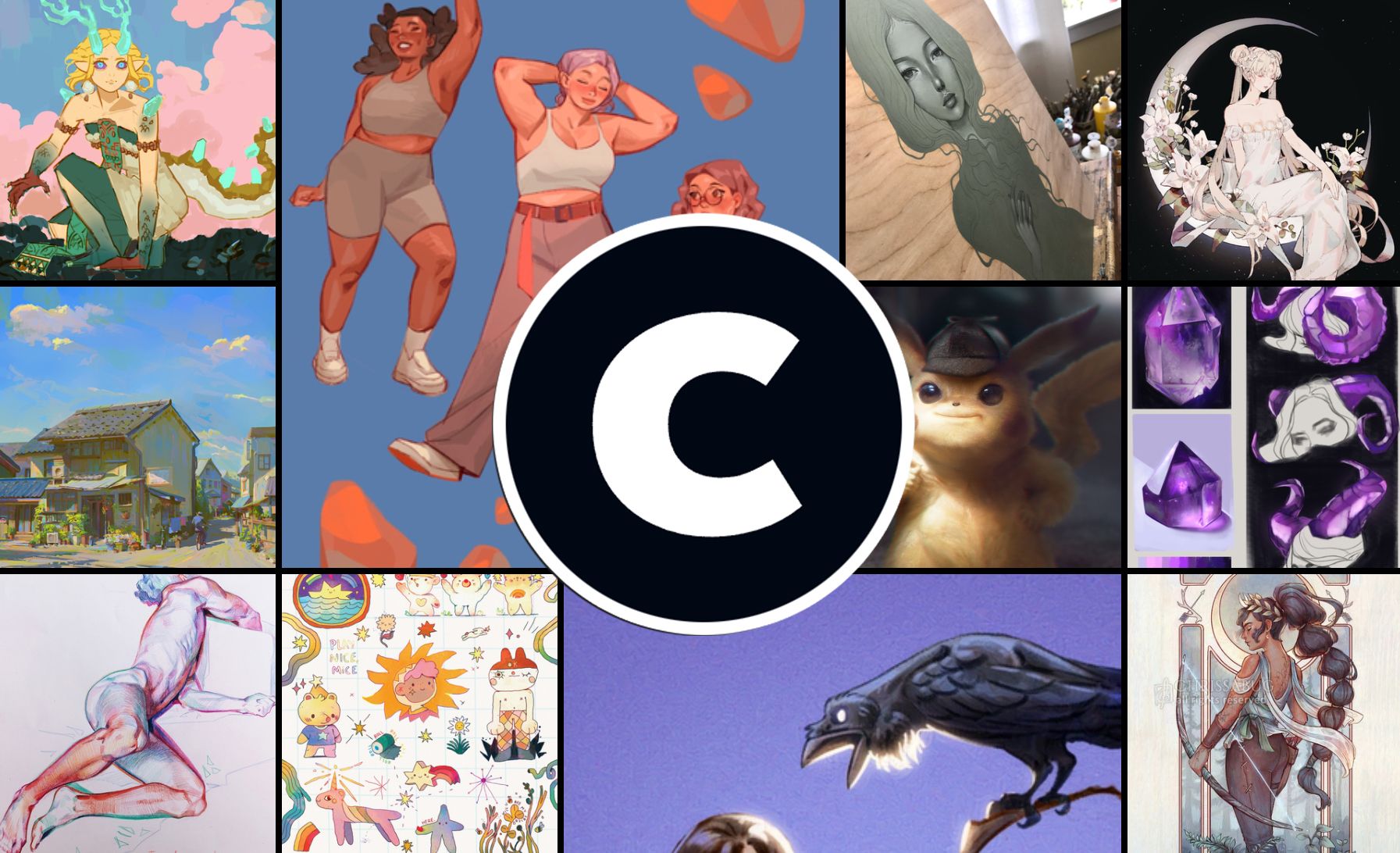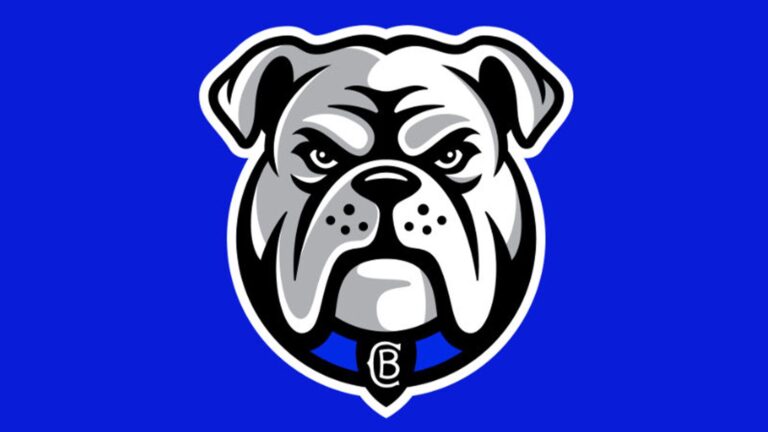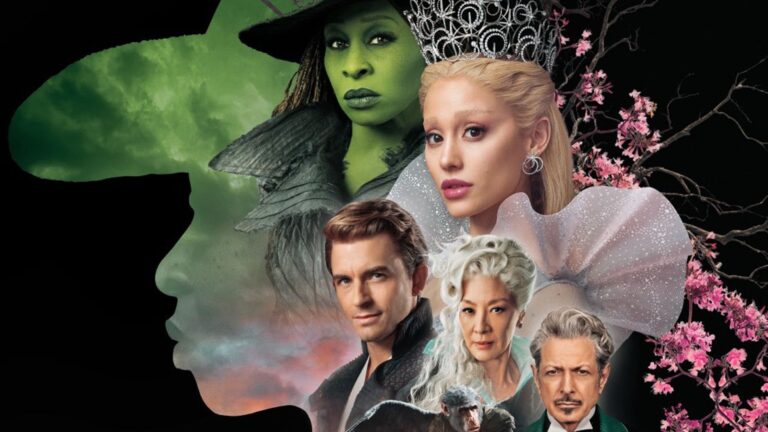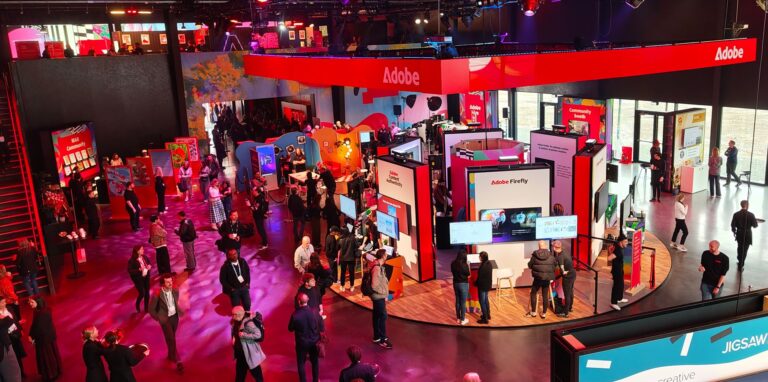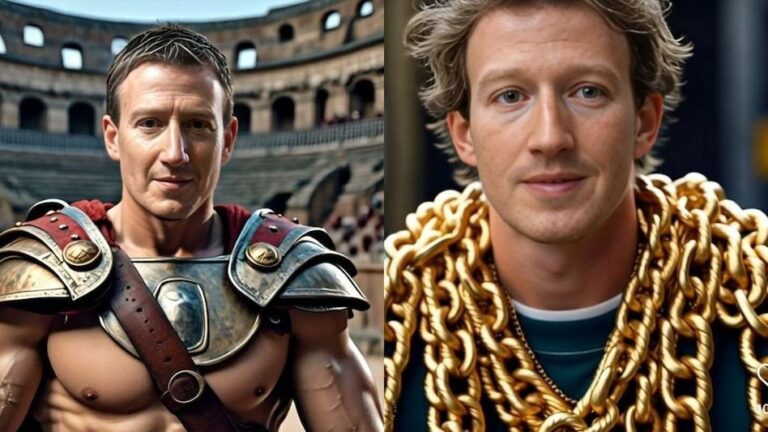The top social media platforms tailored for artists and designers serve as powerful tools for showcasing talent and fostering community among creative individuals. From visual art to design, these platforms provide opportunities to connect with peers and potential clients alike. To identify the best choices, we consulted several professionals within the creative space, including illustrators, graphic designers, and filmmakers.
### Leading Social Media Platforms for Artists and Designers
#### 1. ArtStation
ArtStation, established in 2014, continues to be vital for 2D and 3D artists, particularly in gaming and film. Recruiters now expect to see portfolios on this platform and focus less on follower counts than on artistic quality. Art Director Kevin McDowell emphasizes the importance of visibility over popularity, urging artists to showcase their work.
#### 2. Behance
Behance, founded in 2005 and acquired by Adobe in 2012, merges portfolio showcasing with social interaction. It allows artists to display comprehensive project details, including behind-the-scenes content. Designers often leverage this platform to attract visibility, gaining insights and inspiration from the creative community.
#### 3. TikTok
TikTok, predominantly known for viral trends, has become a hotspot for artists to share short-form videos of their work. Ohio-based animator Miranda Pavelle credits TikTok with helping her gain significant exposure and encourages artists to connect authentically with their audiences rather than following fleeting trends.
#### 4. Cara
Emerging as an alternative to Instagram, Cara is popular among creatives for its strict no-AI policy, which protects user-generated content. While its audience is currently limited to artists, it offers unique features like GIFs and video embedding, appealing to those concerned about intellectual property.
#### 5. Discord
Discord has increasingly become a place for artists to build communities, allowing for real-time interaction through voice and text. Its supportive environment enhances collaboration and creativity, making it an excellent supplemental platform alongside more traditional social media.
#### 6. Twitch
Initially focused on gaming, Twitch has reshaped into a platform where artists can livestream their creative processes. Montreal-based artist Nicolas Vallet highlights how consistent streaming can foster community and make art shareable.
#### 7. Dayflash
Gaining traction for its simplicity, Dayflash allows users to post high-resolution photos without algorithmic interference. This platform prioritizes genuine engagement, making it a favorite among creatives who seek visibility without the clutter often associated with larger social media outlets.
#### 8. Instagram
While newer platforms are emerging, Instagram remains a cornerstone for creatives due to its vast audience and visual focus. Many artists use it to promote their work and connect with clients, adapting strategies to overcome algorithmic challenges.
#### 9. Clubhouse
Launched in 2020, Clubhouse offers a voice-centered experience for live discussions and networking. Despite its audio format, many visual artists leverage sessions for insight and collaboration with industry veterans.
#### 10. DeviantArt
DeviantArt retains its appeal for hobbyists and emerging artists, providing a supportive community and a platform for gaining feedback. Its rebranding has attracted users looking for straightforward interaction free from algorithms.
#### 11. The Dots
Positioned as “LinkedIn for creatives,” The Dots functions as a professional networking site where users can connect, collaborate, and share their work. It enriches career opportunities and promotes engagement among creatives.
#### 12. Dribbble
Originally meant for designers to share small glimpses of their work, Dribbble continues to be influential in areas like branding and illustrations. Many companies utilize the platform to find and hire talent, making it a dual-purpose site for sharing and networking.
#### 13. LinkedIn
Though traditionally seen as a corporate site, LinkedIn is increasingly valuable for creatives seeking to establish professional connections. Many artists use it to share their portfolios and industry knowledge, finding it an effective way to maintain visibility with clients.
### Key Takeaways
– Identify the platform that aligns best with your artistic goals.
– Engage actively and authentically to build connections.
– Consider using multiple platforms to maximize your reach.
For artists and designers, selecting the right social media platform can significantly influence their visibility and opportunities within the creative industry.

